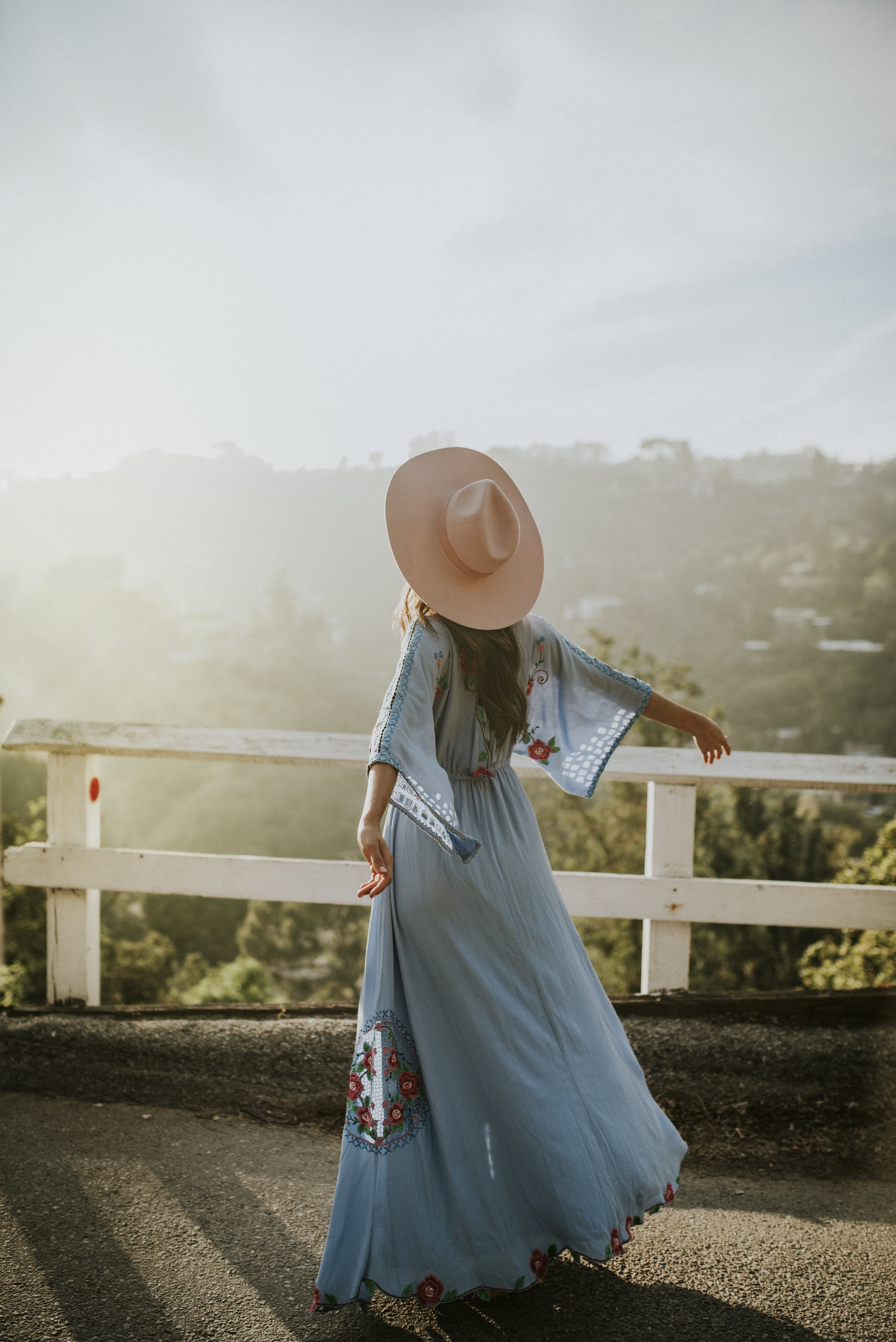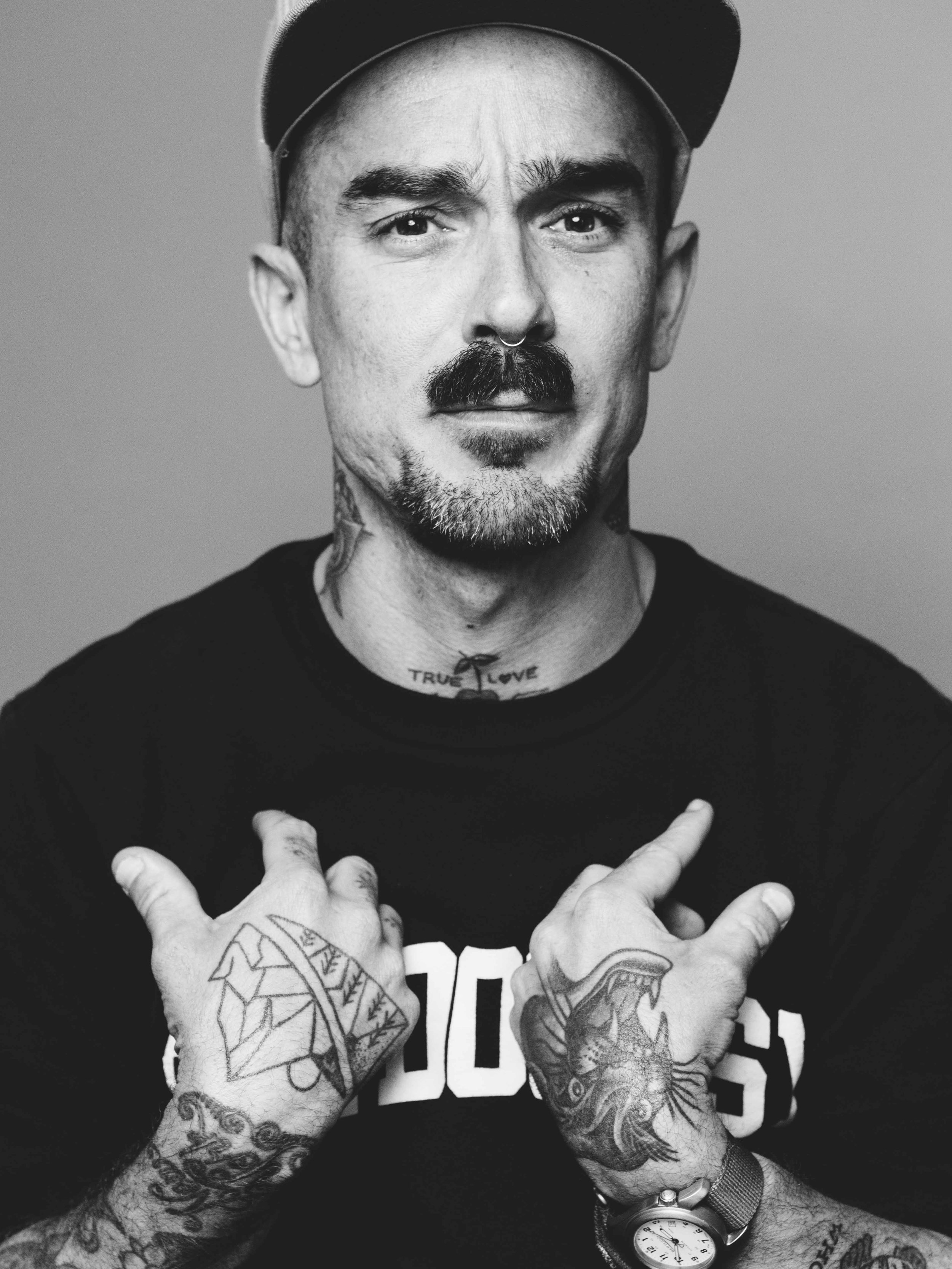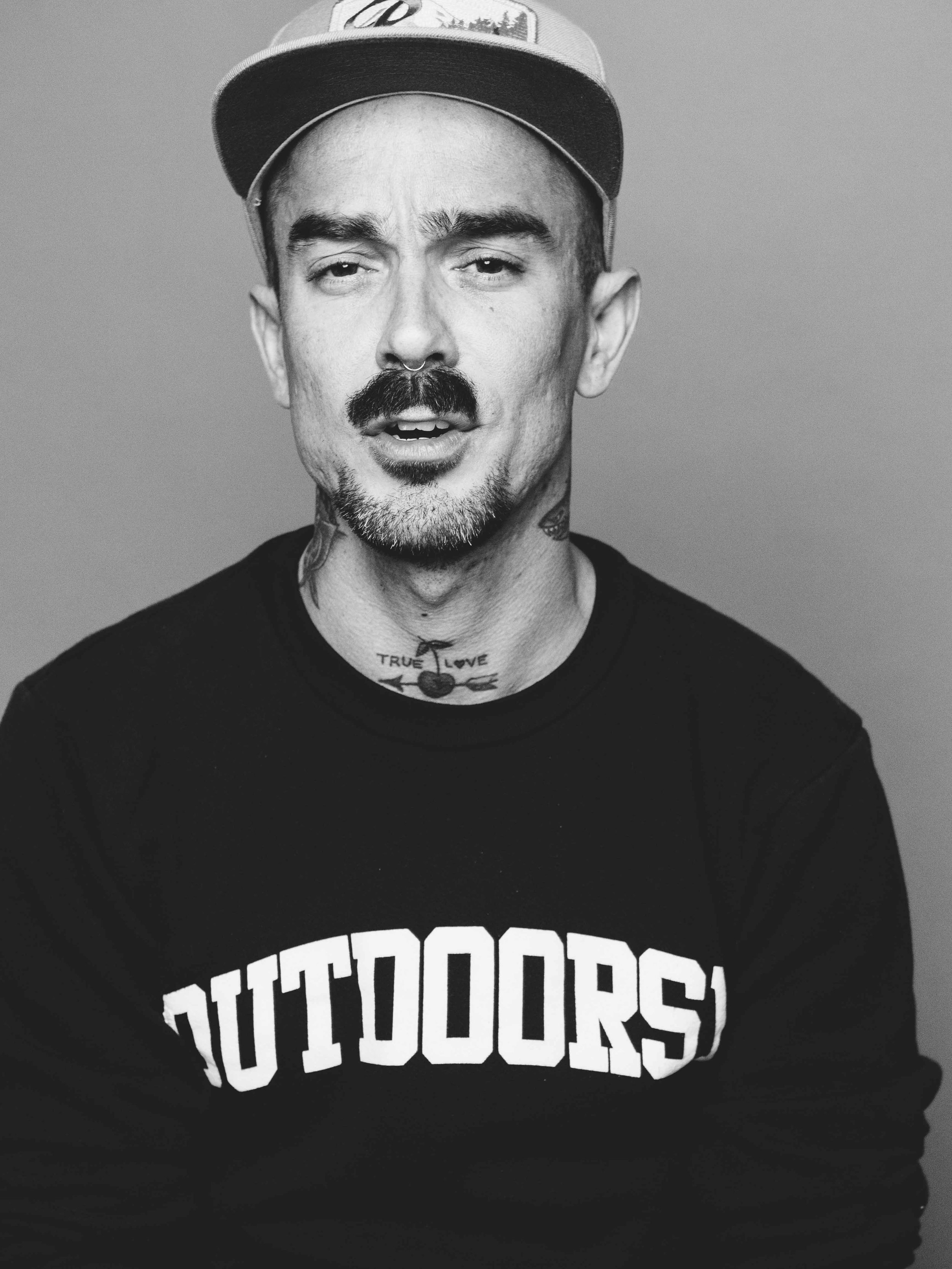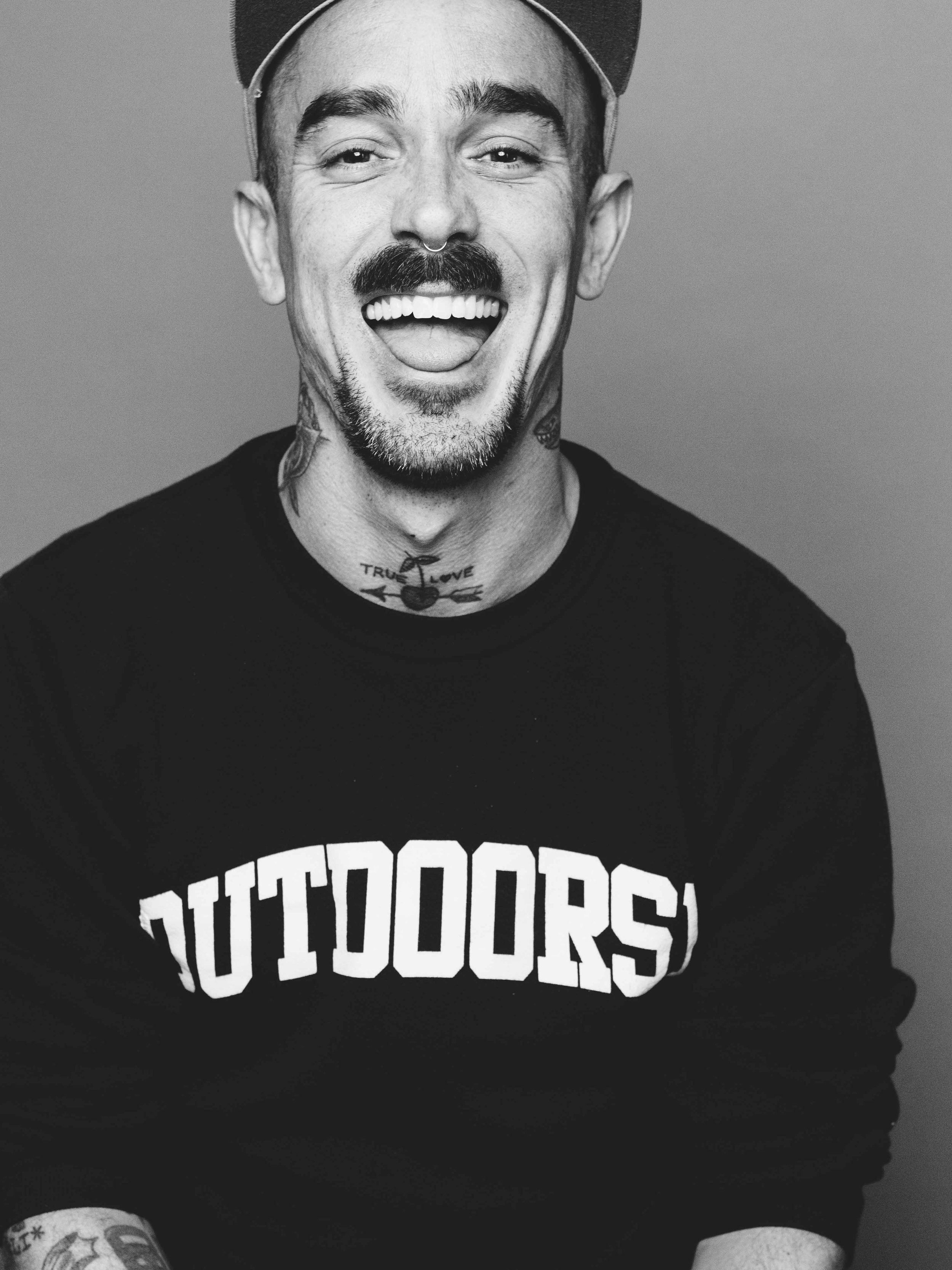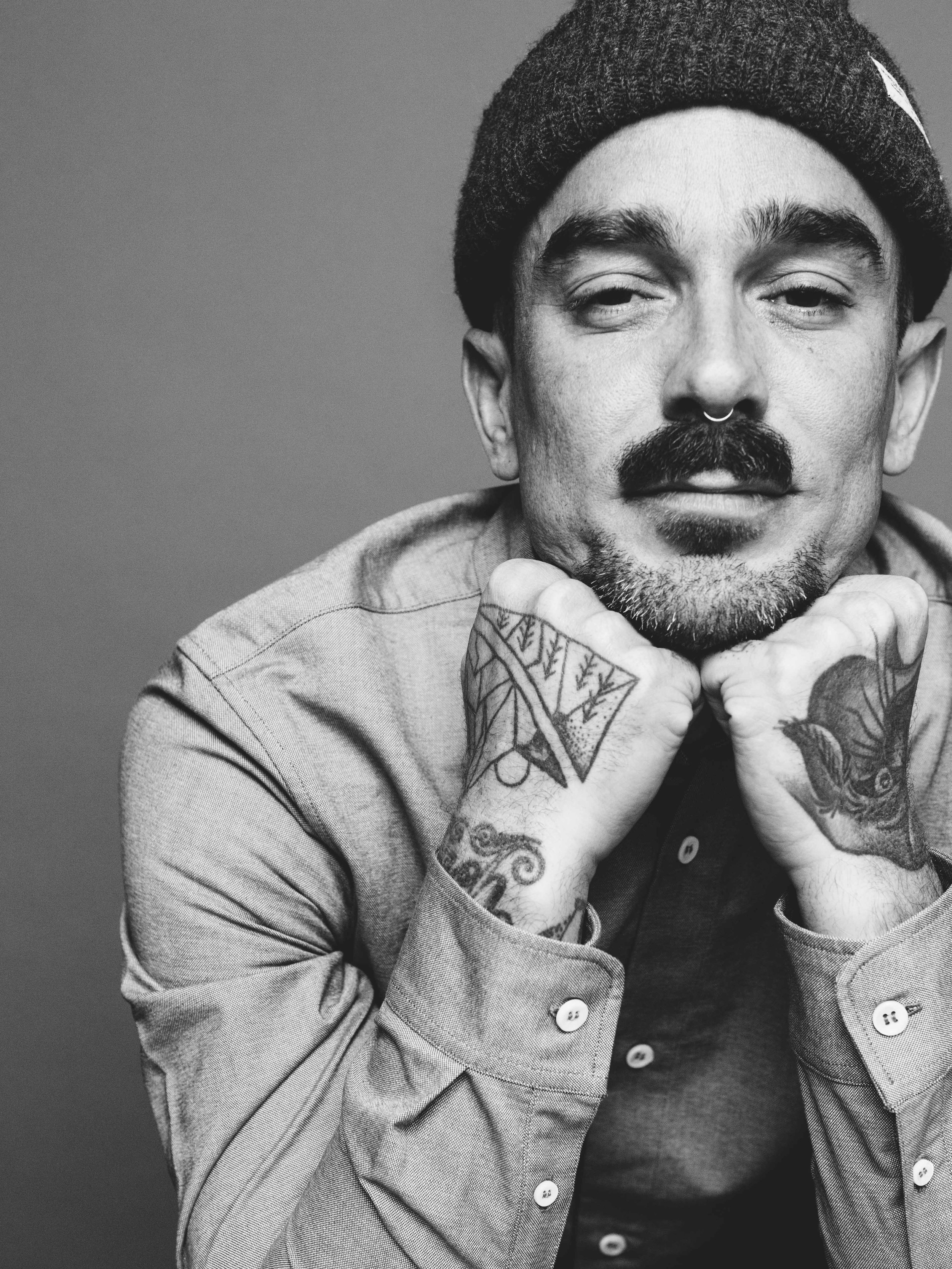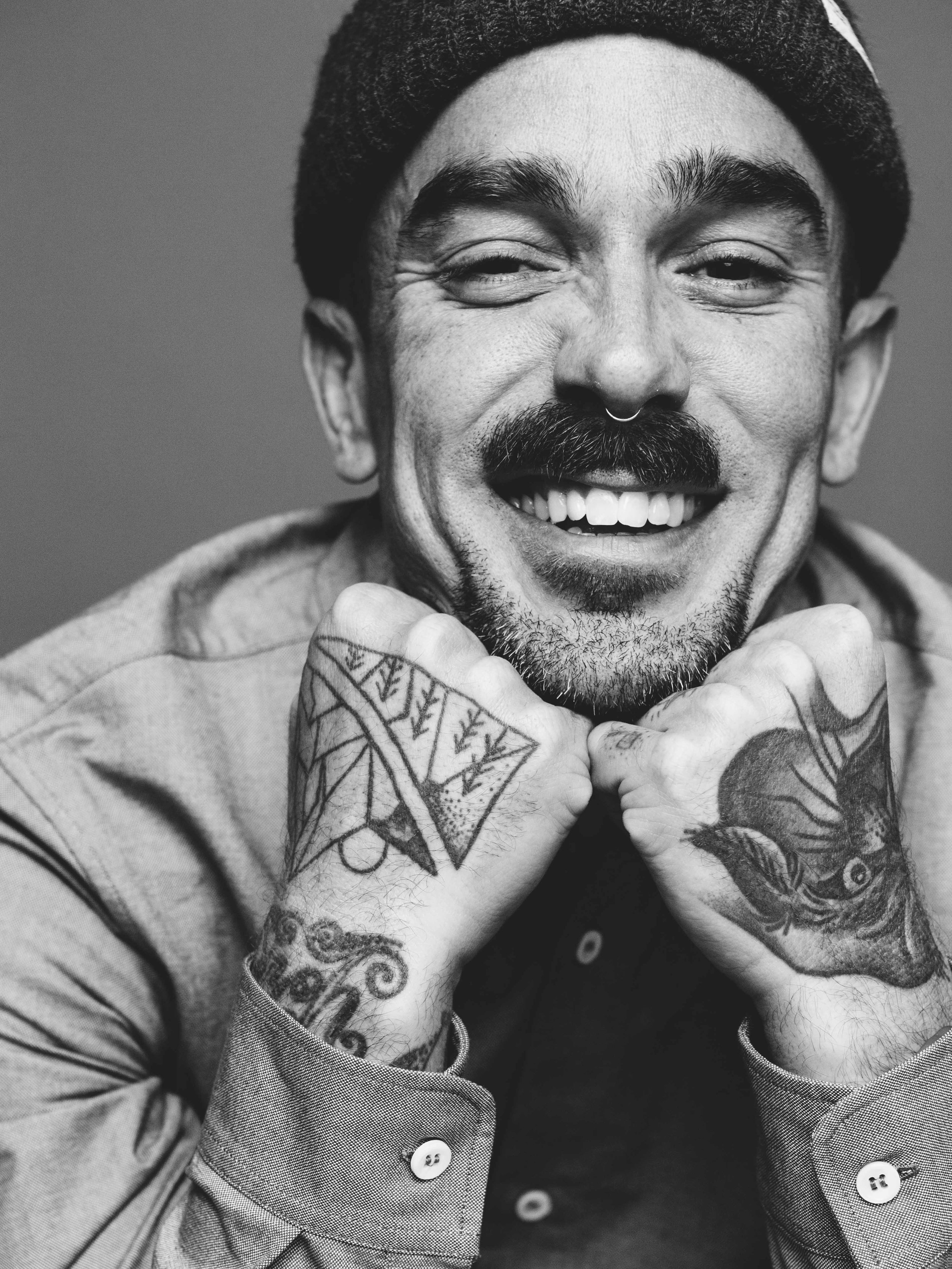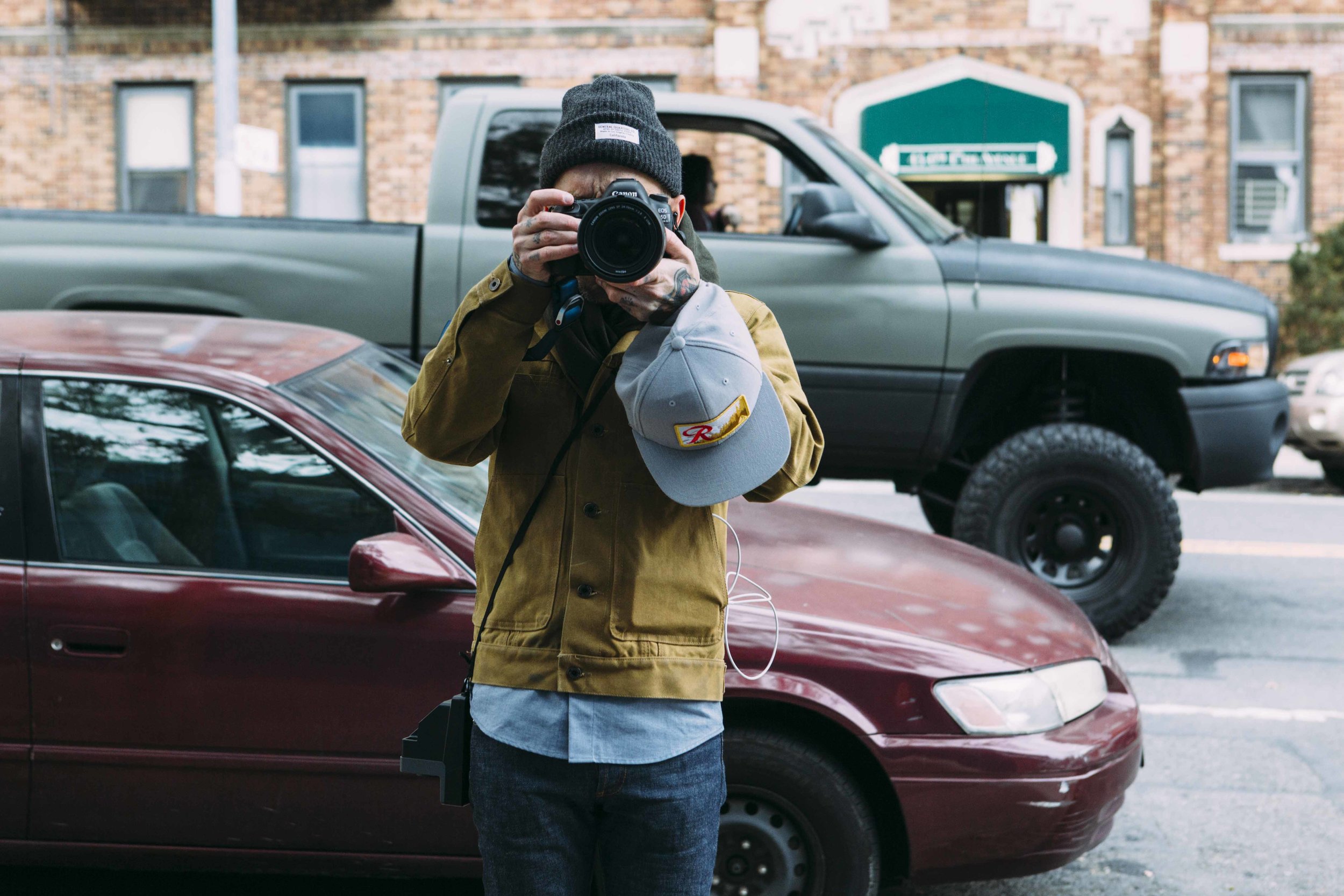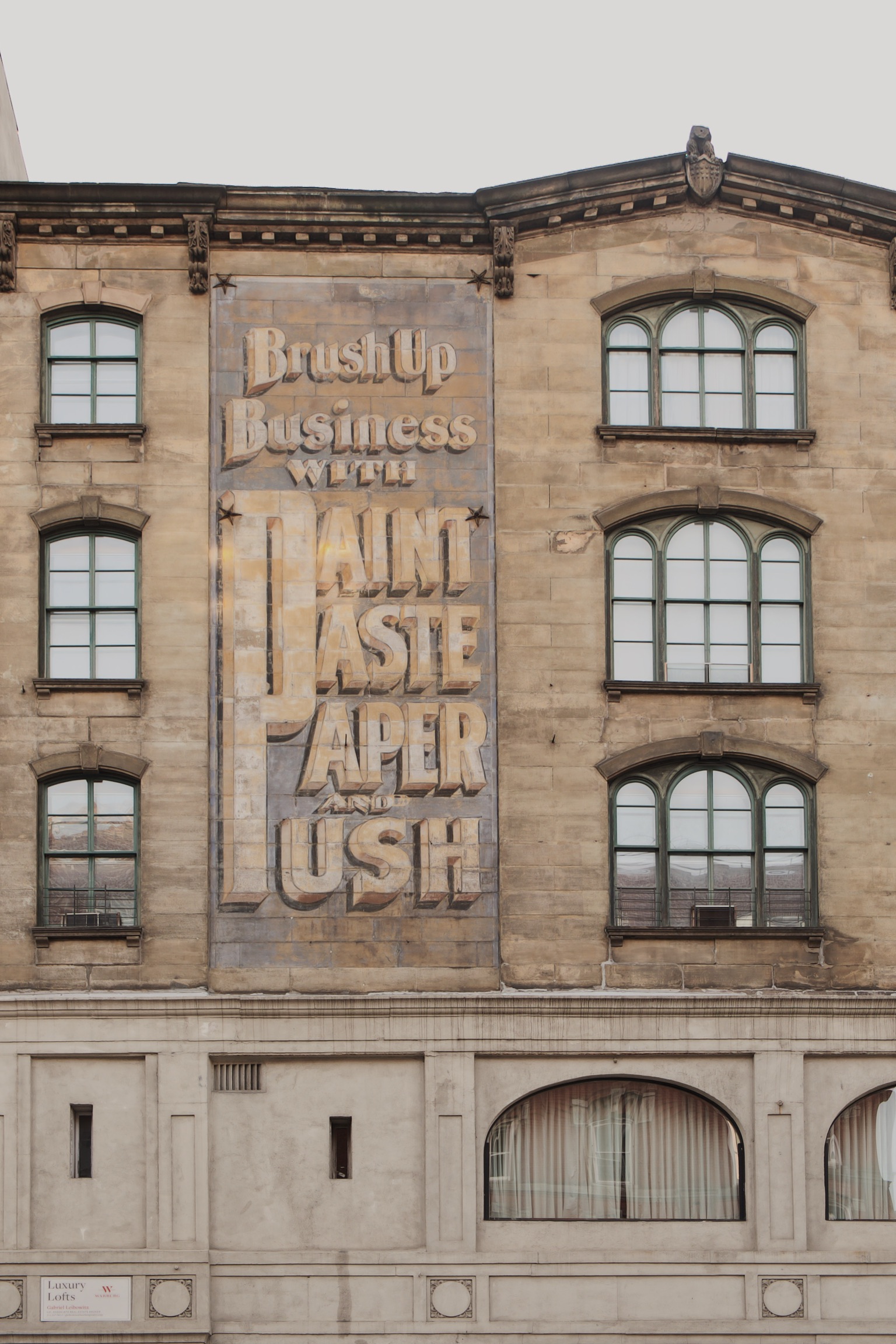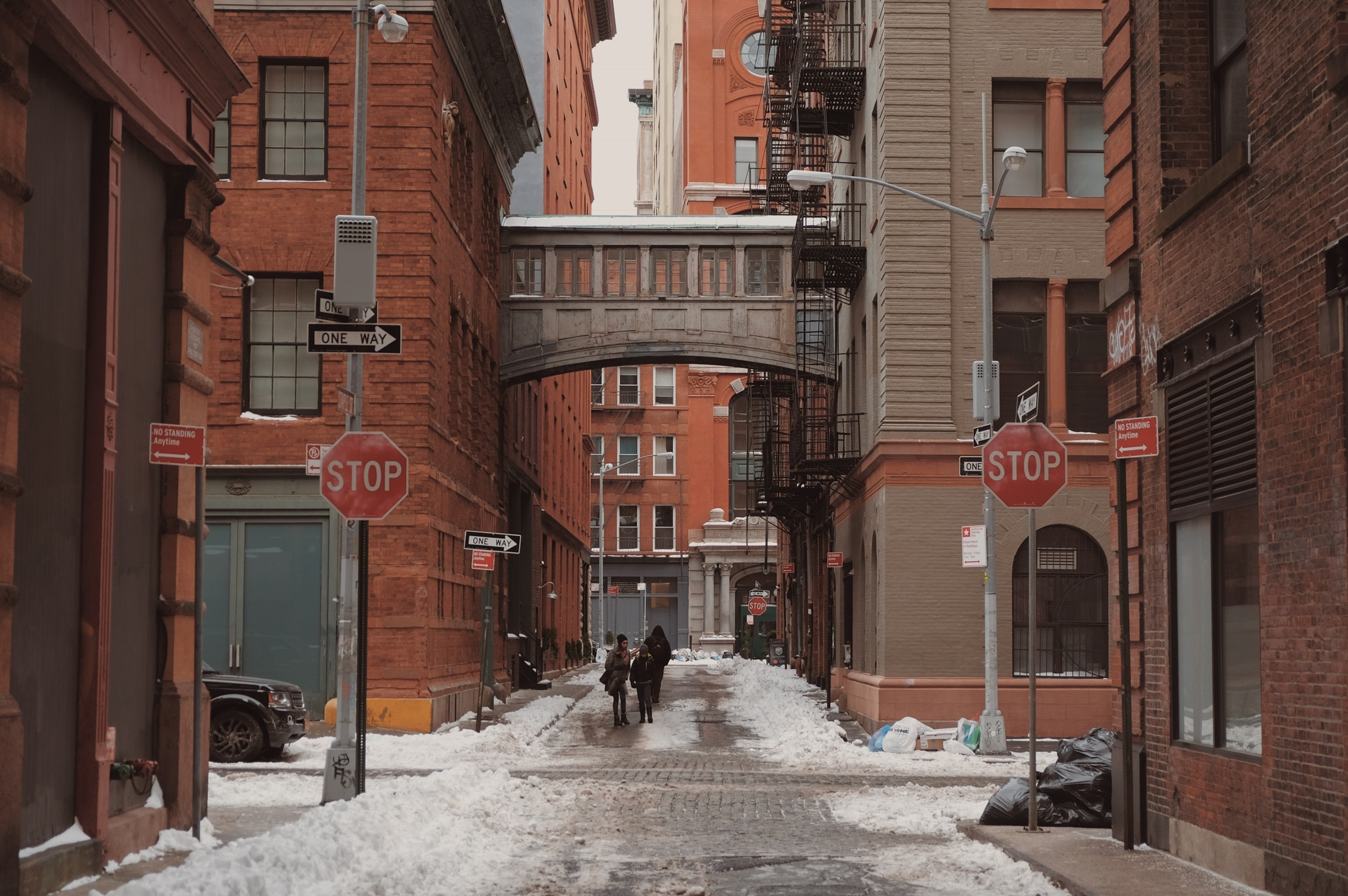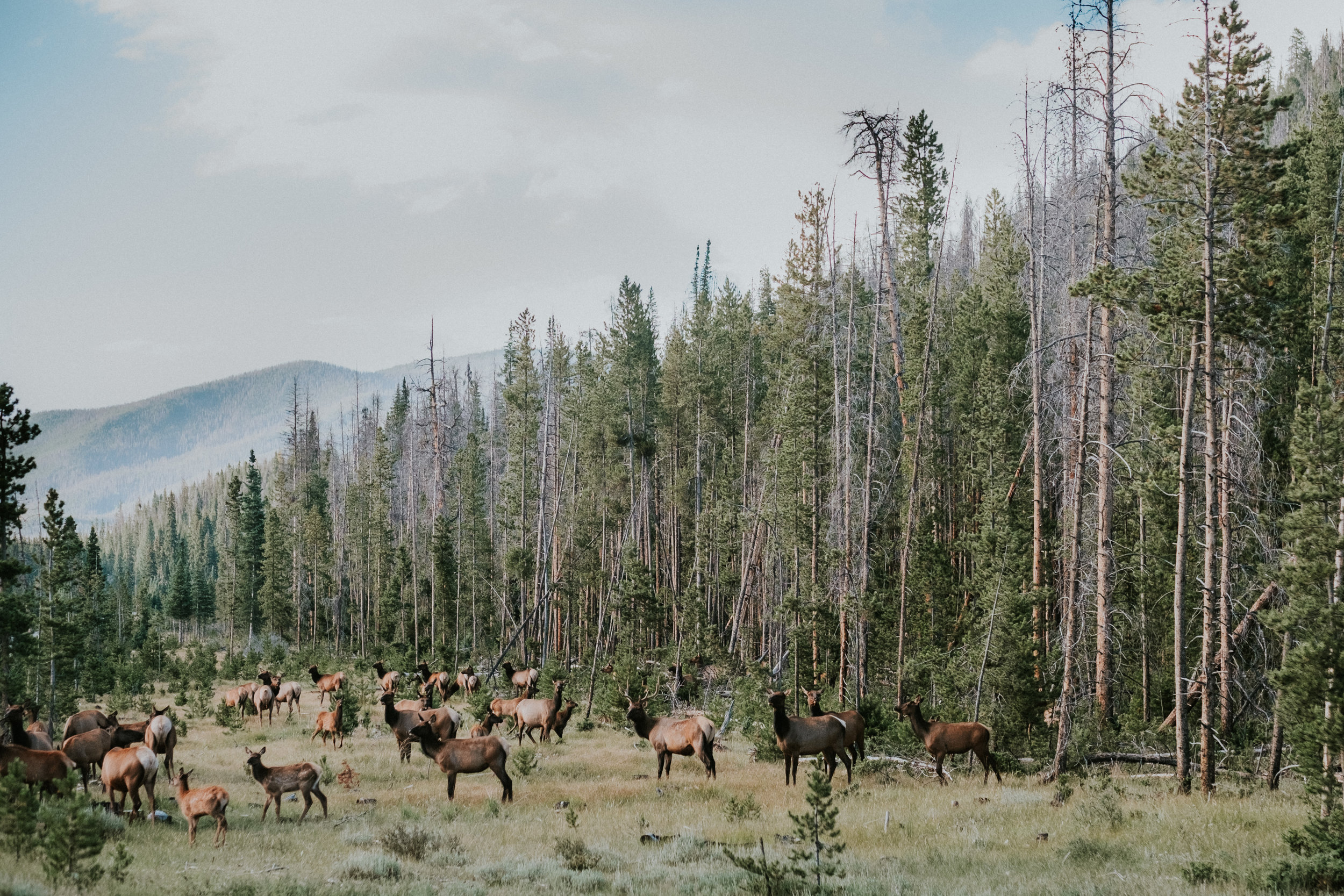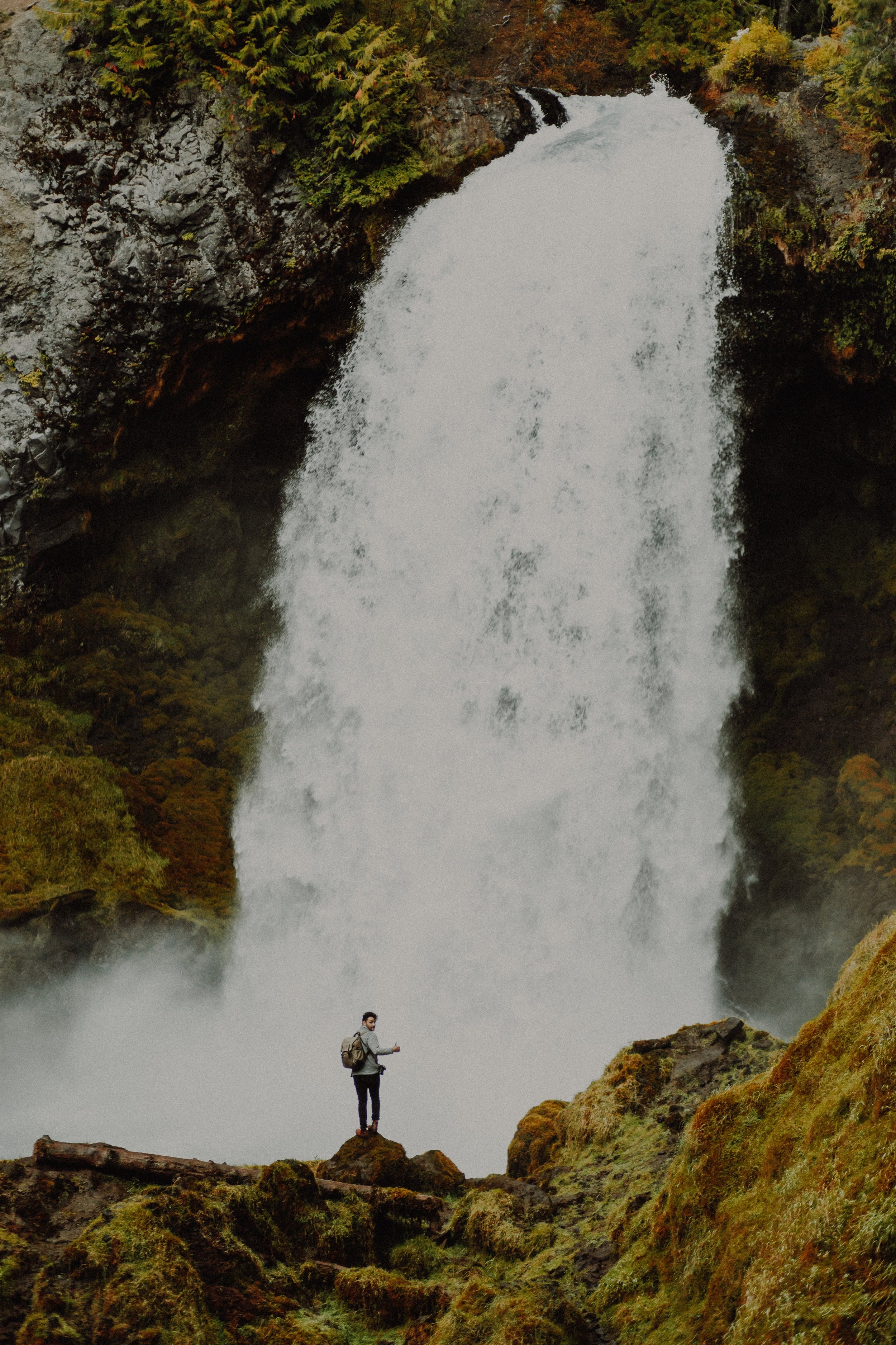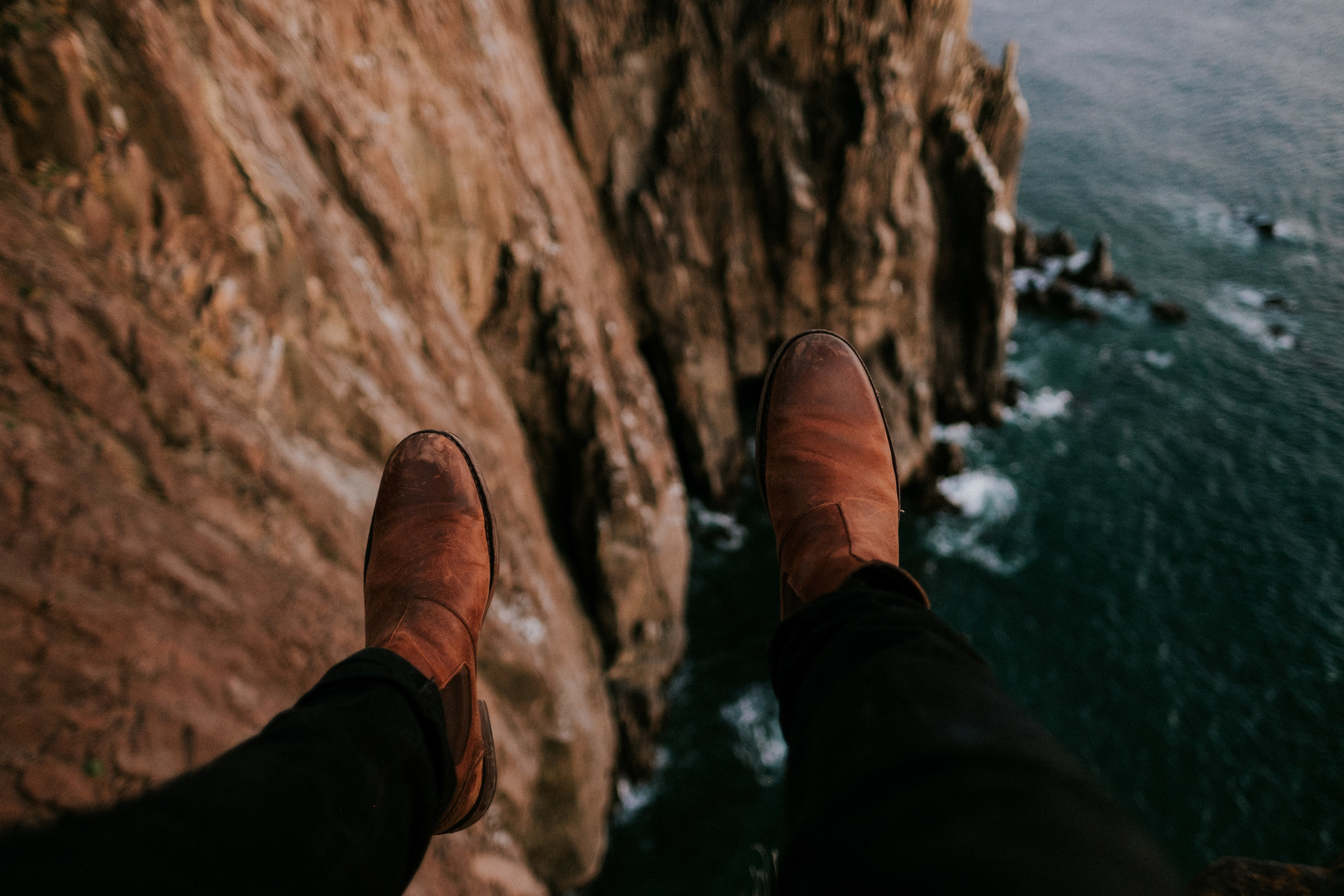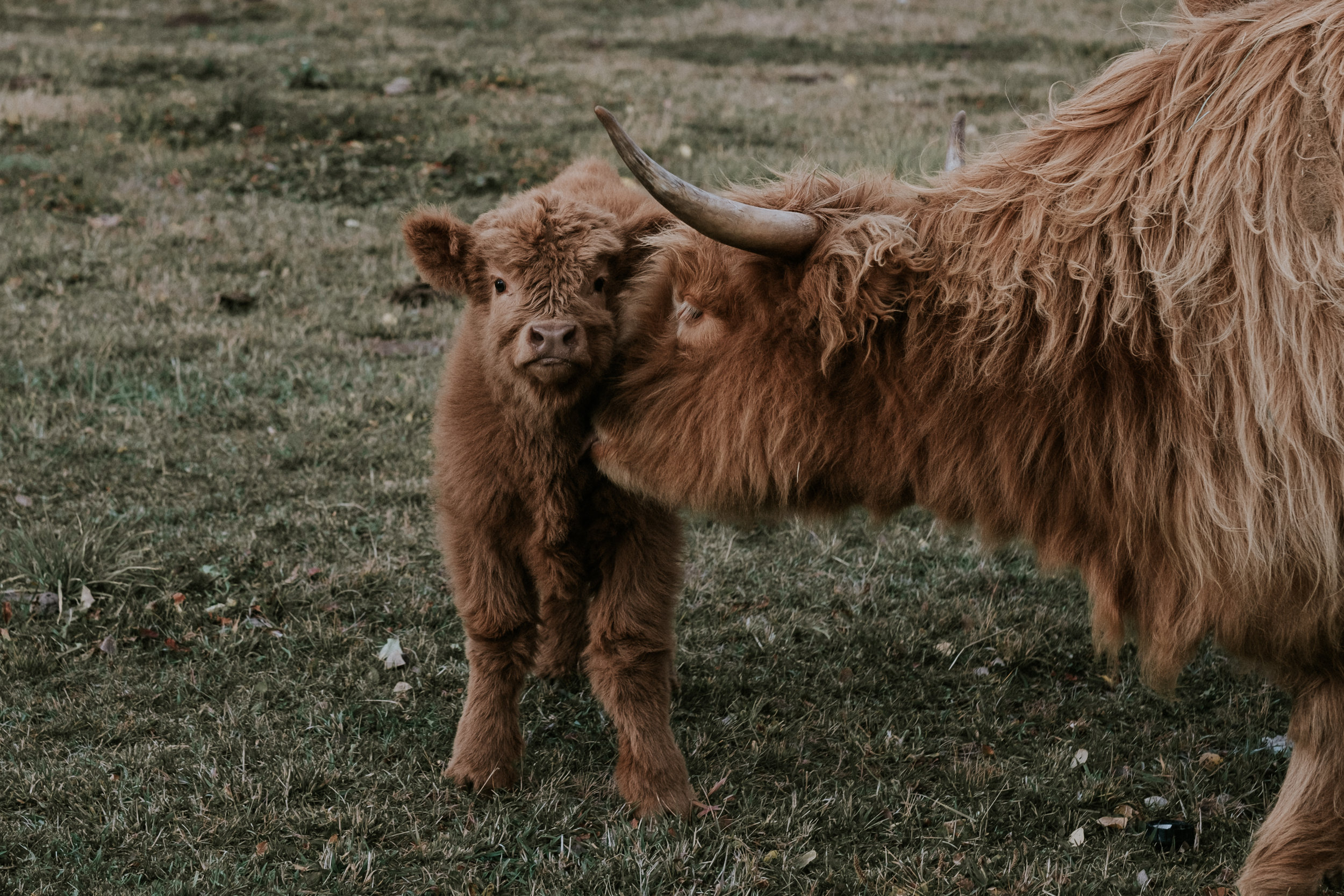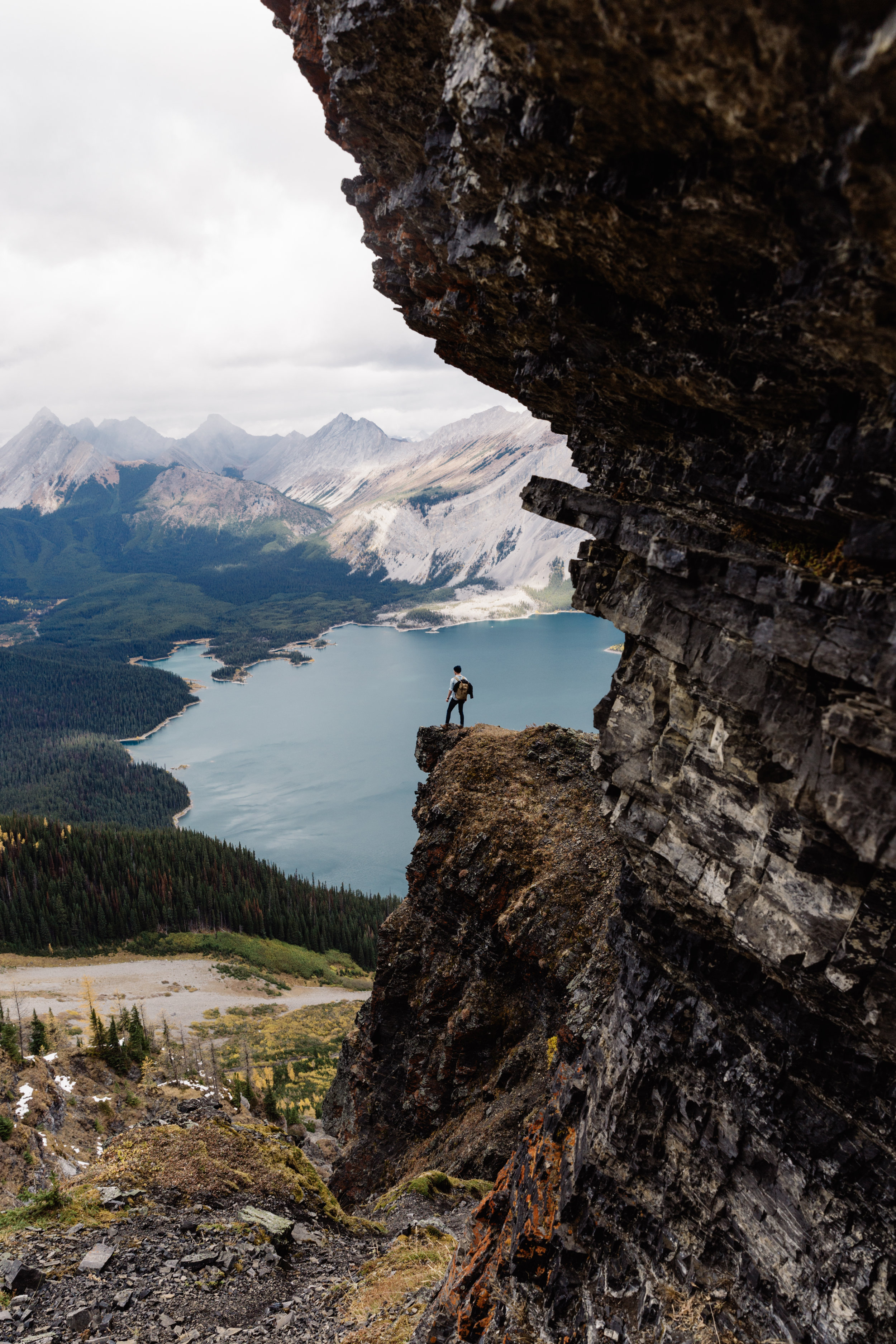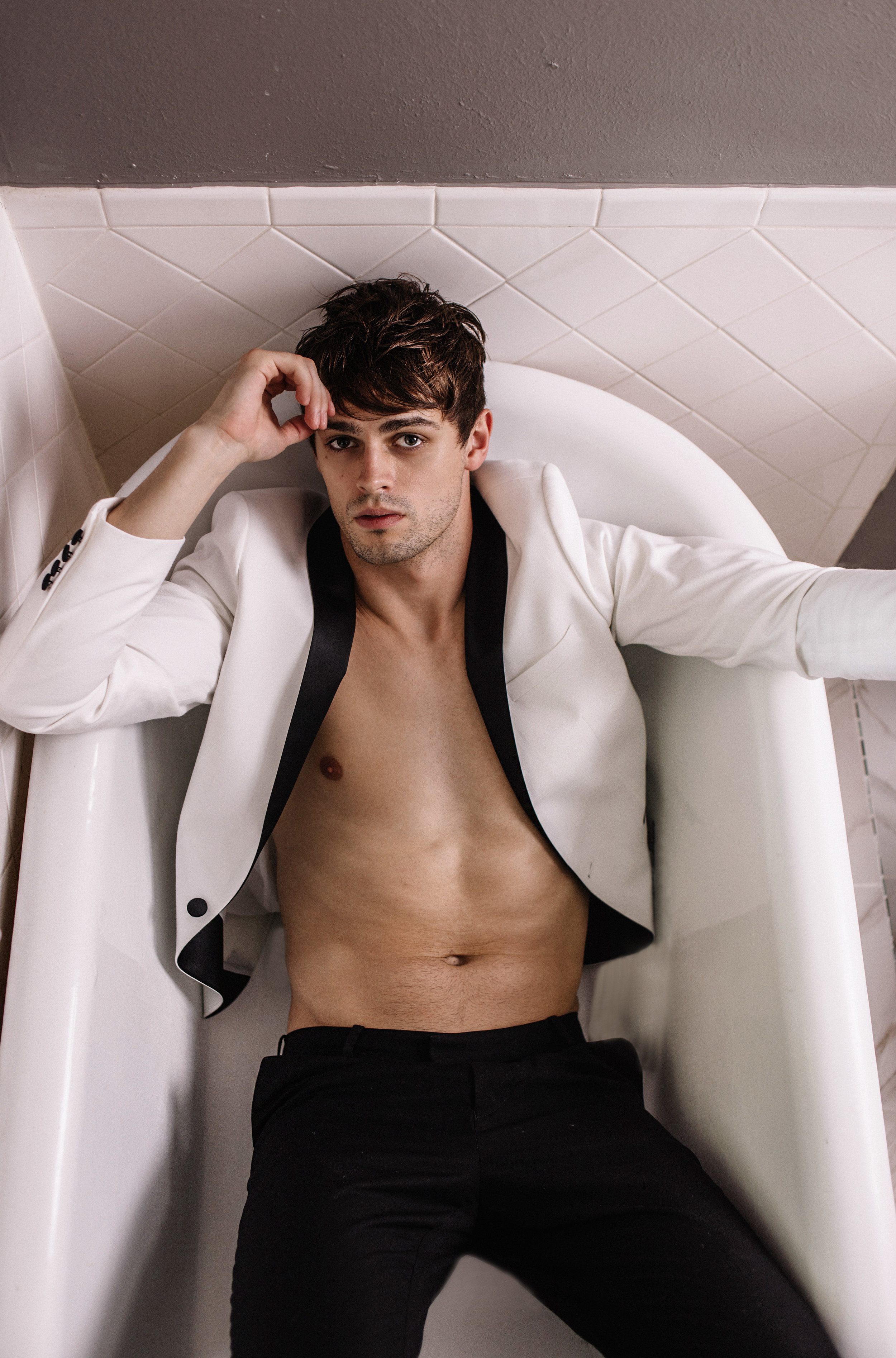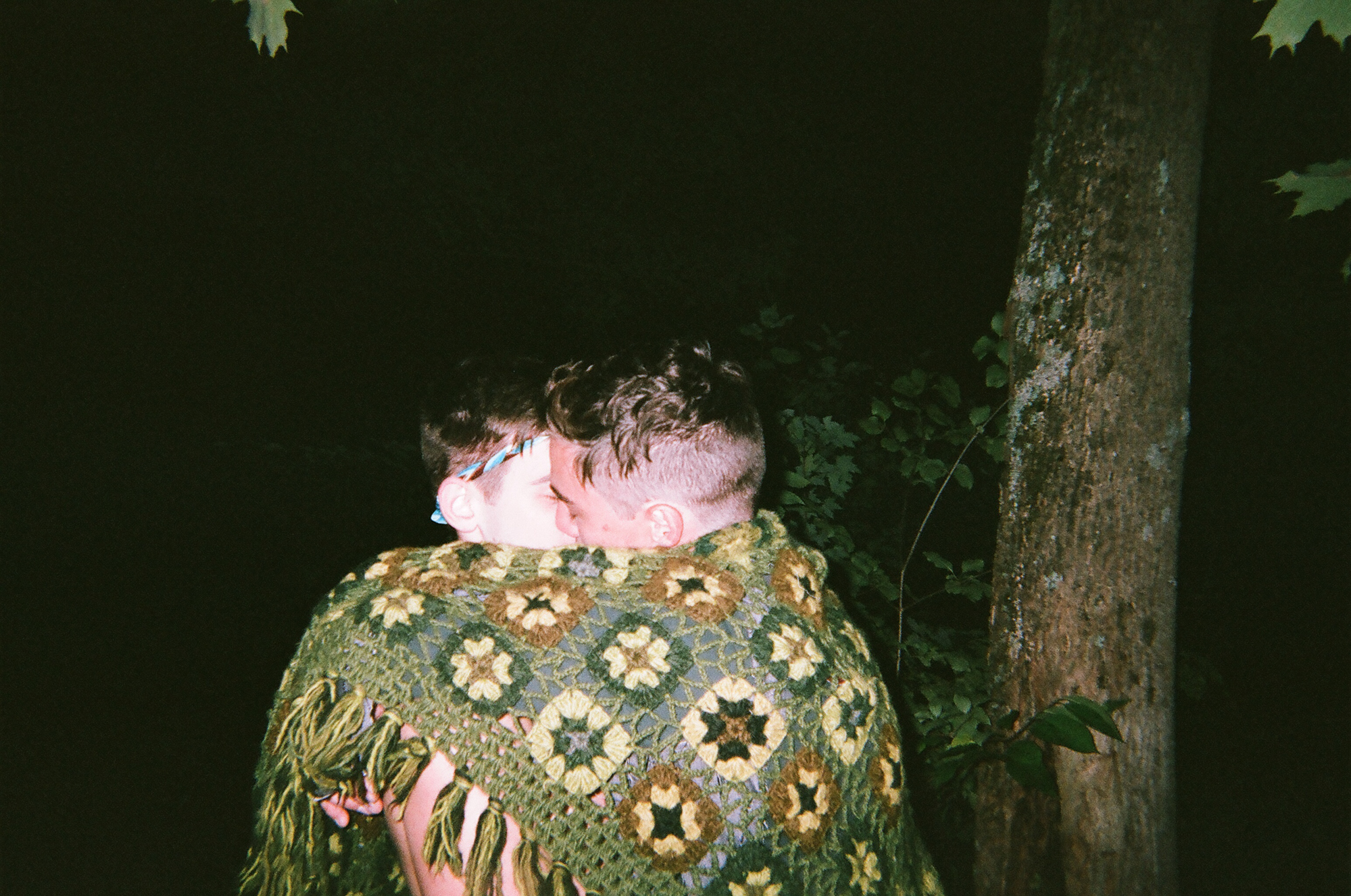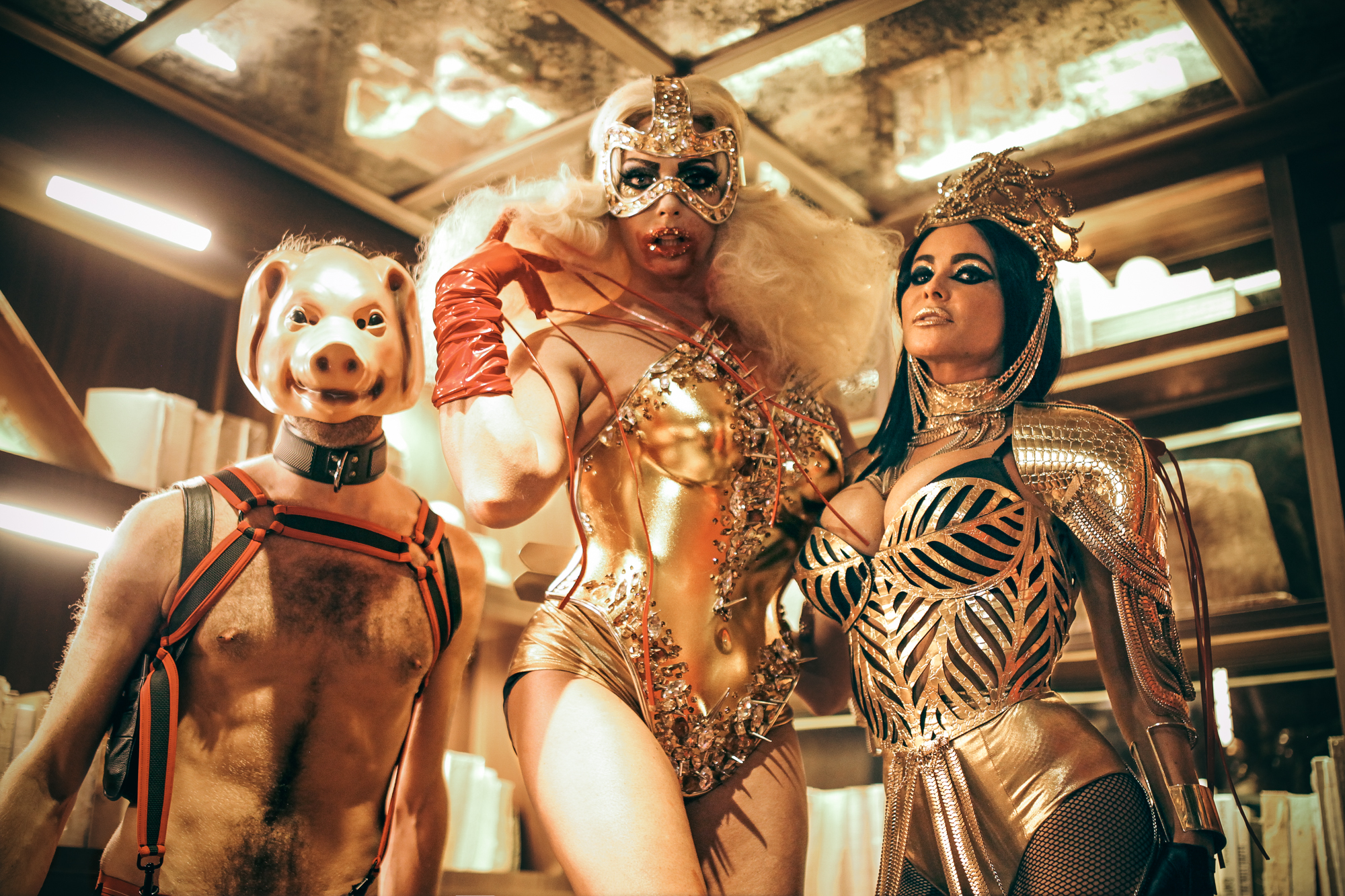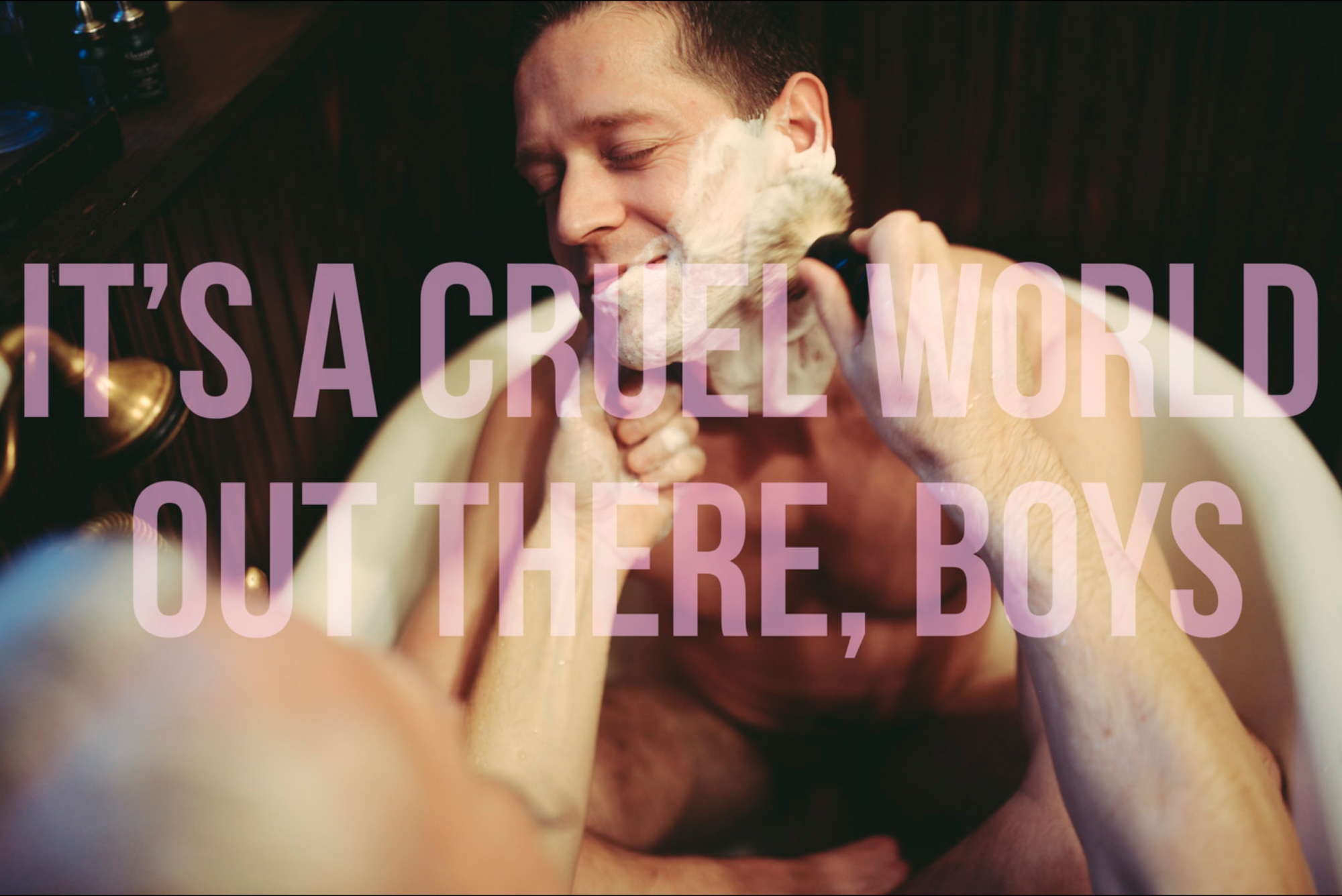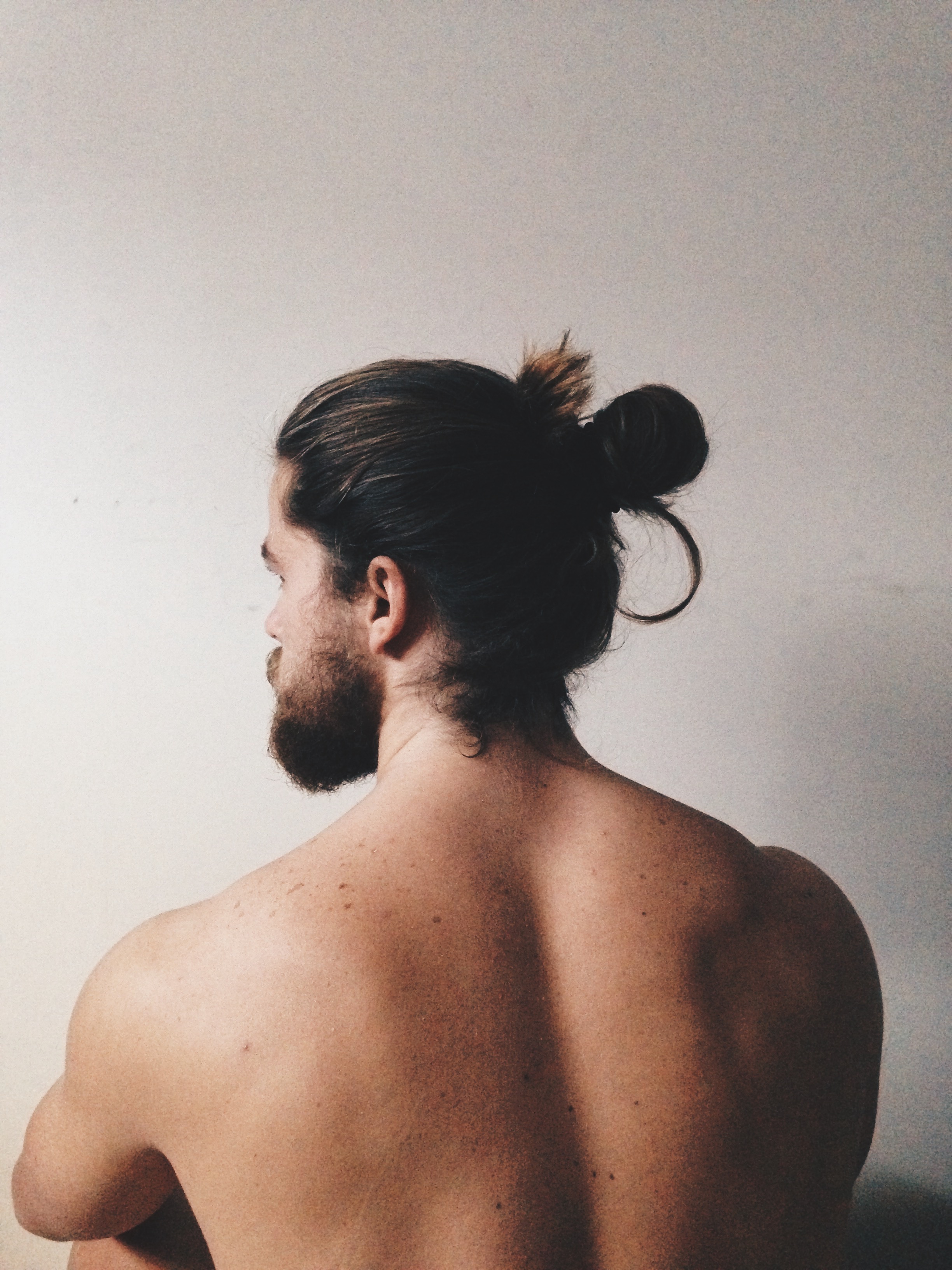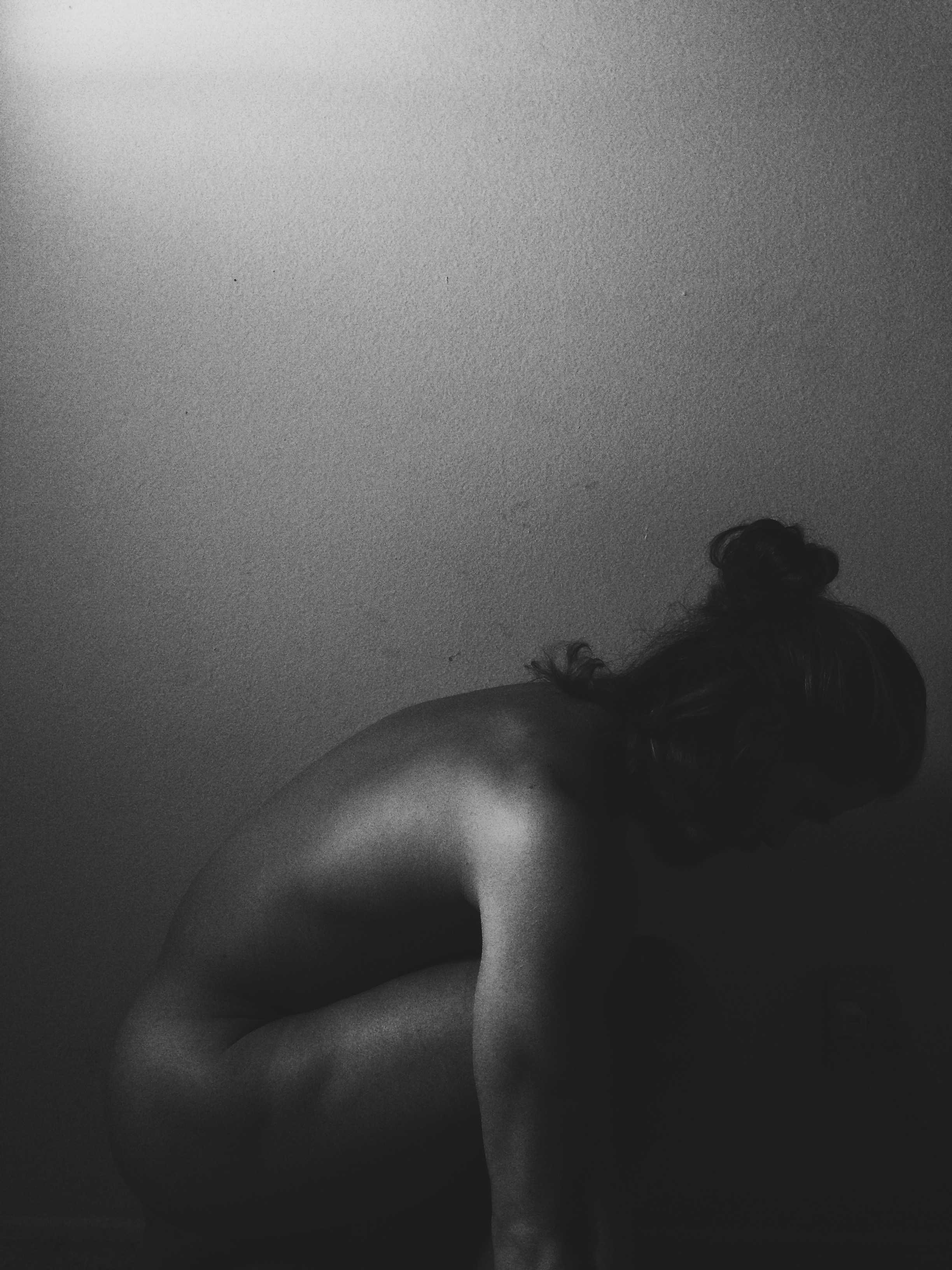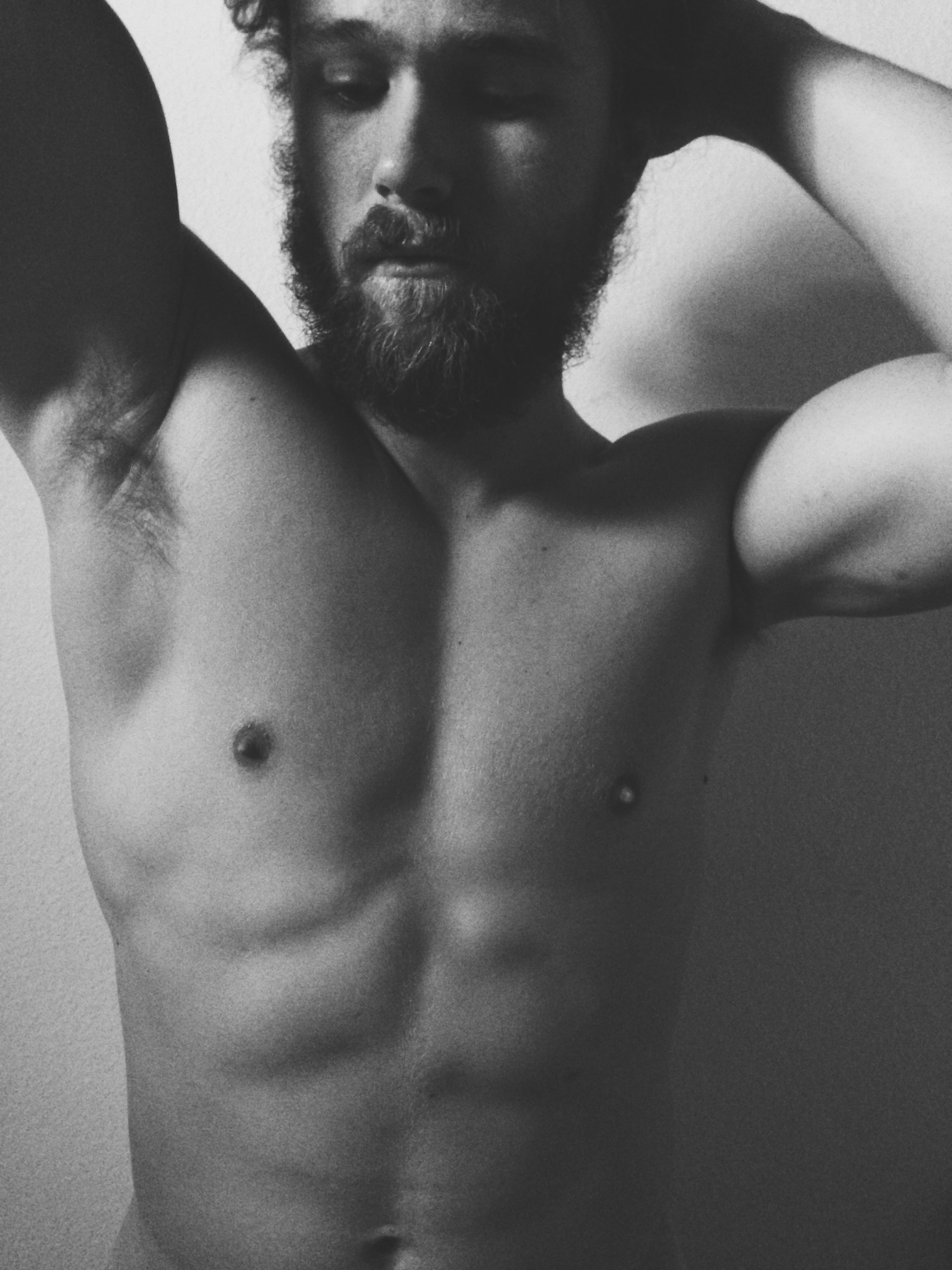Where do I Want to Adventure to Next? — Luke Gottlieb
Ben Ashby
Where do I Want to Adventure to Next?
Meet Photographer Luke Gottlieb
A PREVIEW FROM FOLK SUMMER 2019
Luke Gottlieb, the photographer behind Victor of Valencia on Instagram has been one of my very favorite photographers for a very long time. I dream of the day when I have the photographer skills and editing skills he has so brilliantly mastered. I wanted to learn more, so I made my way out to Colorado to learn Luke's backstory and life advice.
"Adventure is one of those things that keeps life interesting and completely fresh with experiences. It’s certainly the driving force behind most of my passions in life. It’s something I think about every morning I wake up too; where do I want to adventure to next?"
Why do you explore? To me, exploration allows the unexpected to come to the surface of our lives. Without exploration, we never learn or see anything new. I also have this constant feeling of wanting to know what exists around the corner. As a child, it seems your whole existence is all about exploring and being curious. I think that we cary some of that same drive throughout our lives as we get older.
Why take risks in life? Without risks, growth is absent. To me, evolving as a human being and having a better understanding of the world can’t happen unless you take risks or unless you really step out of your comfort zone.
What is your 9-5? I was never one to resonate very well with a 9-5 job. I’ve worked for myself the last 3 years and I can say it’s the best fit for me right now. I’m a full-time photographer. It’s amazing, but certainly has the challenges that comes with it. I often can’t remember what day it is, but maybe that is the point of it all… to just live life and experience every day as a new and exciting adventure.
When you were growing up what or who did you want to be? My dad was a musician and my mom was a music lover as well. I think when I picked up the guitar at the age of 12 I fantasized about being a rock star… as a lot of teenage boys do. I still play music, it’s in my blood and will be till the day I die. I record and do the occasional tour with my band. I don’t think I ever really had a firm grasp on what I wanted to really be in life, but I think that I have found my lane as a portrait and lifestyle photographer.
What would you say to someone who has never travelled before?
I think that if we could learn more about each other and be open to new ways of looking at the world it would allow us all to improve as humans. There is just so much diversity on this planet both in body and mind to think selfishly.
READ THE FULL STORY IN FOLKS SUMMER 2019 ISSUE CLICK HERE TO ORDER



